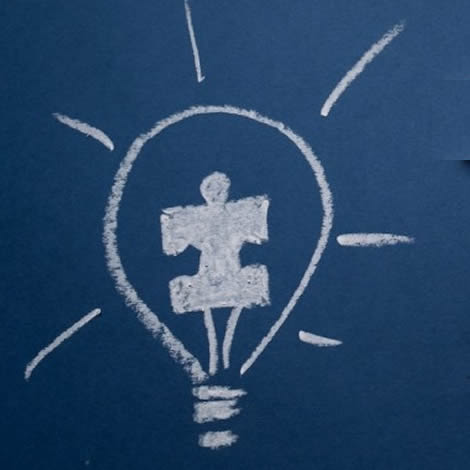ASD describes a group of neurodevelopmental conditions that become evident during early childhood. Certain genetic and environmental factors can contribute to its development.
Symptoms of ASD typically become clearly evident during early childhood, between ages 12 and 24 months. However, symptoms may also appear earlier or later.
Most parents of children with ASD suspect that something is wrong by the time the child is 18 months old. Some children seem normal before age 1 or 2. They then suddenly lose language or social skills they already had. The range of these disorders varies from severely impaired individuals that were formerly described as suffering from autism to other, more high-functioning individuals who have abnormalities of social interaction but normal intelligence

Symptomatic Categories
In the past, autism has been confused with childhood schizophrenia or childhood psychosis and may have been misunderstood as a schizotypal personality disorder in some adults. As additional research information about autism becomes available, the scope and definition of the condition continue to become more refined. Some of the past confusion about the disorder has been resolved. ASD symptoms are usually divided into two categories:
- Problems with communication and social interaction
- Restricted or repetitive patterns of behavior or activities
General Autism Spectrum Disorder Symptoms
- Social Communication Difficulties: People with ASD may struggle to initiate conversations, maintain eye contact, and understand nonverbal cues like facial expressions and gestures.
- Limited Use of Language: Those with language skills might have rigid or repetitive language use, difficulty with back-and-forth conversations, and trouble understanding abstract language.
- Special Interests: Individuals often have intense interests in specific topics and might struggle to engage in conversations beyond these interests
- Sensory Sensitivities: Sensory sensitivities are common, with certain sounds, textures, or sensations being overwhelming and affecting communication.
- Empathy and Perspective-Taking: Understanding and relating to others' feelings and perspectives can be difficult, impacting meaningful conversations and friendships.
- Delayed Language Development: Many experience language delays, such as late speaking, trouble forming sentences, or echolalia. Some may use gestures or communication devices instead of spoken language.
- Nonverbal Communication: Difficulties in understanding and using nonverbal cues, such as facial expressions, body language, and tone of voice, can lead to missing or misinterpreting social cues.







